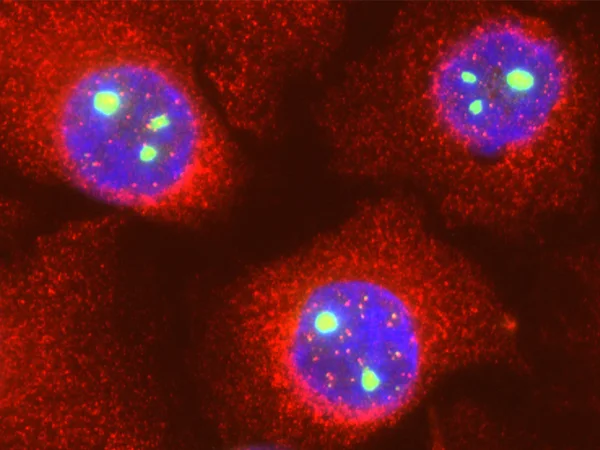
Filtration plays a vital role in the development of therapeutic protein or monoclonal antibody (mAb) products. However, the success of these therapies are largely determined by how efficiently they are filtered from the process stream. Inefficiently filtered products slow down the process, similar to what occurs during upstream issues. Traditionally, improvements are focused on upstream limitations rather than filtration problems as they tend to appear more receptive to technological solutions.
Recently, developments to increase efficiency have become more downstream-centric. Even when upstream improvements are made, drug manufacturers are recognizing that the efficiency of those improvements rely heavily on downstream operations. According to drug manufacturers, the nature of downstream innovation needs to involve increased filtration capacity. Another critical area of improvement for filtration technology developers would be to help drug manufacturers achieve higher product concentrations. Raising concentrations for higher dosage biopharmaceuticals is driving new filtration technologies. Requests are trending for sterilizing-grade filters that work well with concentrated drug products and substances. Sterilizing-grade filter membranes which can sustain stable flow rates have become particularly valued.
The need for enhanced filtration membranes—for example, modified membranes like charged depth filters for clarification—is also generating increased interest in new applications and technologies. One of these applications involves the integration of bind-elute membrane structures for chromatography. In contrast to processes where the column is flushed with solvent, bind-elute mode separates elements in the process stream by binding them to the column. Also, modified membrane technologies promote closed processing and disposable devices, which can produce critical advantages. Developers of mAbs seek to formulate bulk drug substances to higher protein concentrations, which are achieved with tangential flow filtration (TFF). Now, there are single-use or reusable product options.
Reducing costs is another component of modified membrane filtration as ingredients become more valuable and help create more valuable therapies. Treatments that involve high-concentration formulations require many challenging steps which can lead to higher processing times, yield loss, and damage to molecules. The general rule is: the higher the concentration, the more valuable the product per unit volume. Technologies that maximize the recovery of feeds after filtration are hard to find. This increasing pressure also means that avoiding downtime during process steps is becoming more important, as is responding to the trend towards more concentrated protein solutions which means higher-quality holdup volumes at provided capacities.
Another important catalyst to new filtration technologies involves reducing manufacturing bottlenecks by balancing downstream filtration capacity with higher upstream productivity to improve yield and streamline the process. And while new mAb products and therapeutic proteins are designed much differently, how these molecules are recovered from the process stream has remained largely the same. However, while present mAbs are similar to past mAbs in terms of concentration and molecular behavior, modern variants can make new demands on filtration. Nonetheless, filtration has gone mostly unchanged and current technologies are for the most part sufficient.
But what of the future? Interest in cell and gene therapies are traditional motivators of processing technology innovation, and that includes filtration. Some believe that, due to the drug industry’s increasing interest in the sterile filtration of viruses and other gene delivery mechanisms like liposomes and exosomes, satisfaction with current filtration technologies will surely begin to wane. For example, there is increased attention being given to presterilized devices with ready-to-process functionality that can be integrated into single-use assemblies. Improvements in components like transfer tubing for high-concentration formulations are also increasing, rising with the growing influence of cell and gene therapy. Filtration technology developers should take note of the lack of standardization in the production of viral vectors that have fewer chromatography steps, and where closed processing for multiproduct production requires more disposable technology.
For information on Graver Technology’s sterilizing grade, polyethersulfone membrane filter cartridges visit the product page for our ZTEC™ P Series to download a data sheet and request a quote.
Need help?
You can find the right application or product using our Tool, or through our Chat Bot.
Keep In Touch
Keep up to date with our latest news and announcements. Unsubscribe anytime.




.svg)
.svg)



